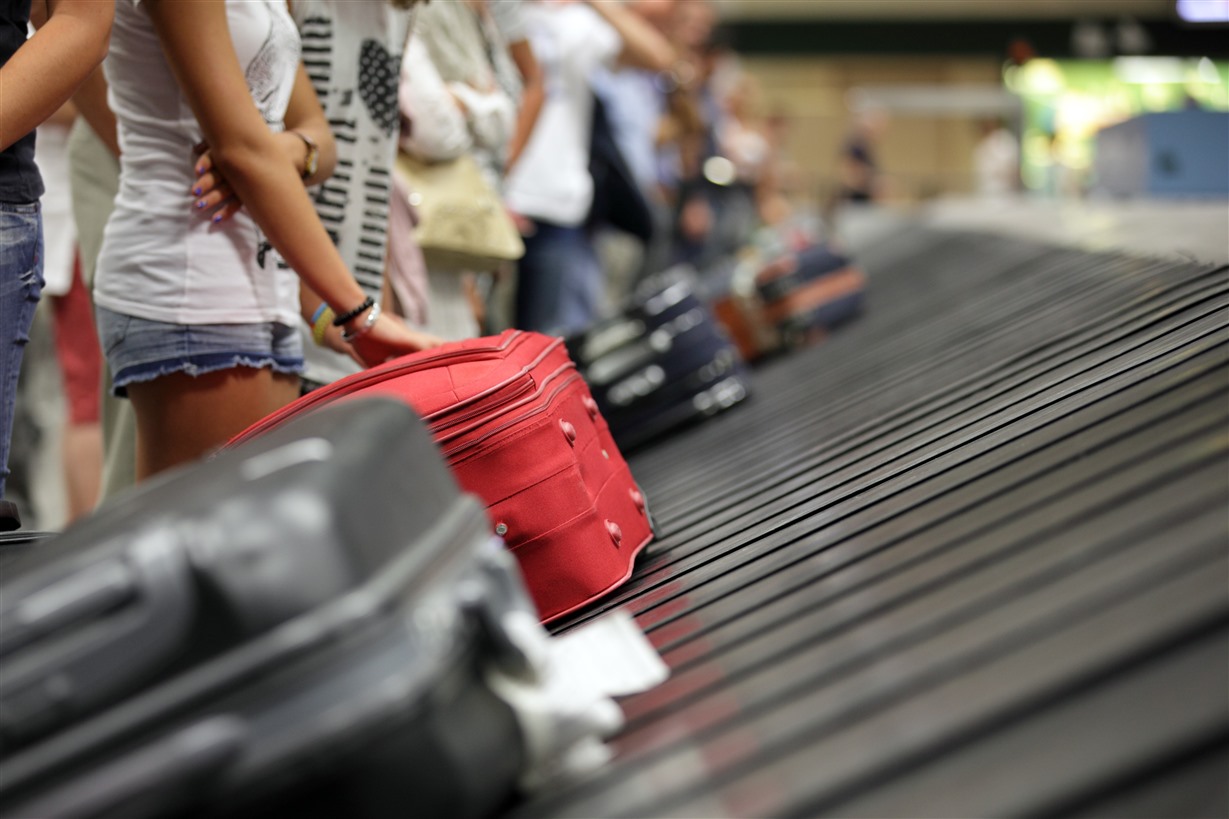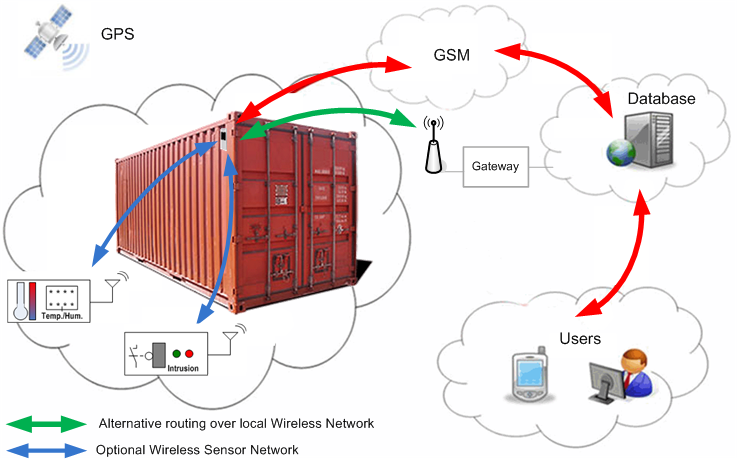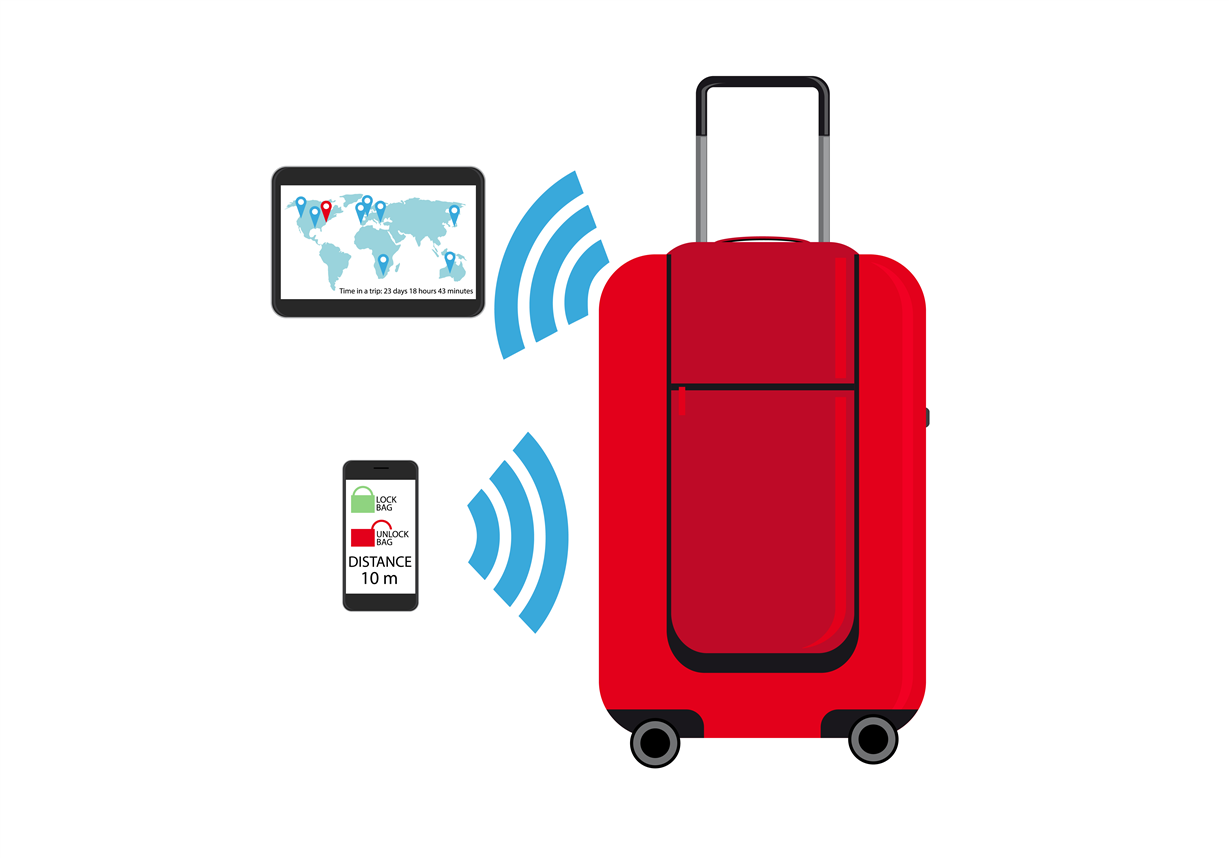SSZT920 october 2017 CC2640 , TPS62740 , TPS62743 , TPS62745 , TPS62840
Many of you may have experienced lost luggage when traveling by plane. Statistics say that more than six pieces of luggage out of every 1,000 shipped do not reach their correct destination airport. That’s 60,000 pieces of lost luggage a day, or 23 million pieces a year.

Container logistics have a similar record with an even greater financial impact. There are around 17 million transport containers in use, shipping everything from consumer goods to high-tech equipment; about 1,000 are lost every year. Keep in mind that such containers can transport goods worth several million dollars.
The transportation industry spends more than $2 billion each year searching for lost luggage, redirecting items when located and reimbursing owners for lost goods.
A GPS-based sensor and tracking system with a long battery life can eliminate lost items by tracking locations in real time, optimizing supply-chain management and reducing cost and environmental pollution as well. Figure 1 shows a typical ecosystem.
 Figure 1 Typical Ecosystem for a
GPS-based Sensor and Tracking System (Source: CargoMon Systems GmbH)
Figure 1 Typical Ecosystem for a
GPS-based Sensor and Tracking System (Source: CargoMon Systems GmbH)The tricky thing is designing the sensor in such a tracking system to find the right power source (battery) and power conversion (DC/DC) and thus enable a couple of years of reliable operation. Since these systems target five years or more of maintenance-free usage, both the tracking system and sensor need to work at a very high efficiency with very low quiescent current.
Like many other systems in today’s Internet of Things (IoT), these systems are typically always on, but sleeping most of the time. You can program periodic wake-up intervals for sensing, localization and wireless data transmission according to your customers’ requirements. There are various low-power microcontrollers (MCUs) available on the market to help you achieve the required flexibility (one example is the MSP430™ MCU).
The DC/DC power conversion needs to support a variety of battery types and must have very low quiescent current, since the system is in sleep mode most of the time. But the DC/DC power conversion also needs to work at very high efficiency when the load is just a few microamps to support the MCU’s typical standby modes. To support a fast MCU wake-up time with minimal wireless connectivity interference, the DC/DC must have fast transient response and low noise.
The Smart Lock Reference Design Enabling 5+ Years Battery Life on 4x AA Batteries can also support shipping containers. This reference design uses the SimpleLink™ Bluetooth® low energy CC2640 wireless MCU and the TPS62745 ultra-low-power DC/DC converter.
For longer battery run times, the TPS62840 with just 60-nA quiescence current can be used. This converter can operate from a variety of battery types and topologies (1.8 V to 6.5 V), and offers 80% efficiency at 1µA load. Additional features make this solution even more attractive for tracking applications, such as an integrated STOP function to cease all switching for a moment when transmitting wireless data or taking a precision measurement without any distortion. The output voltage of this device is selectable in 50 mV or 100 mV steps to easily power different MCUs, radios or sensors.
Your next airplane flight can become worry-free (at least with regards to your luggage) when using such a tracking system.
 Figure 2 Luggage Tracker
Diagram
Figure 2 Luggage Tracker
DiagramAdditional Resources
- Watch the building automation webinar series and learn about trends for your building automation system
- Learn how extending battery life in smart locks can help you reduce the likelihood of system malfunction